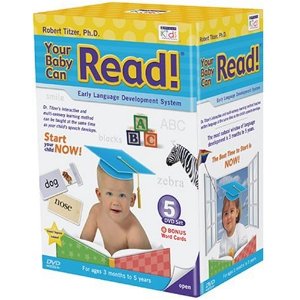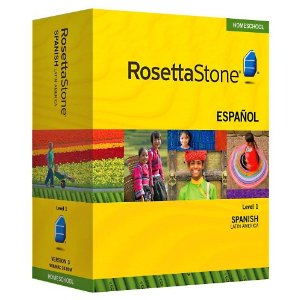Montessori education is characterized by an emphasis on independence, freedom within limits, and respect for a child’s natural psychological development. Although a range of practices exists under the name “Montessori”, the Association Montessori Internationale (AMI) and the American Montessori Society (AMS) cite these elements as essential
-
- mixed age classrooms, with classrooms for children aged 2½ or 3 to 6 years old by far the most common
- student choice of activity from within a prescribed range of options
- uninterrupted blocks of work time
- a constructivist or “discovery” model, where students learn concepts from working with materials, rather than by direct instruction
- specialized educational materials developed by Montessori and her collaborators
In addition, many Montessori schools design their programs with reference to Montessori’s model of human development from her published works, and use pedagogy, lessons, and materials introduced in teacher training derived from courses presented by Montessori during her lifetime.
Developed from the work of Dr. Maria Montessori, this style of
teaching aims at duplicating natural laws that a child faces in
life. Thus the aim of the teacher is to control the environment
and not the child. It was observed that children who are left free
to interact with their environment developed an innate
self-discipline, love for order and natural curiosity.
The Montessori method of teaching is especially suitable to the
preschooler who wants to do everything by himself. Finding ways in
which your child can participate in the cleaning, washing,
cooking, gardening and other ‘adult’ activities sets the perfect
backdrop for the learning experience. By providing such
opportunities for independence, the child’s self-esteem also gets
a huge boost.
Artistic, cultural and scientific activities abound in the
Montessori 3-6 class. There is no TV, junk food, or computer.
Material is selected carefully. The child is never forced to work.
Instead he is encouraged to do things that interest him, and the
teacher picks up the teaching from cues given by the child. The
Montessori method focuses on the child’s inborn ability to learn
from his surroundings. Thus the teacher aims to encourage the
natural curiosity of the child. He is never forced to learn or
explore. When the child understands why he needs to learn
something, he will love the learning process.









